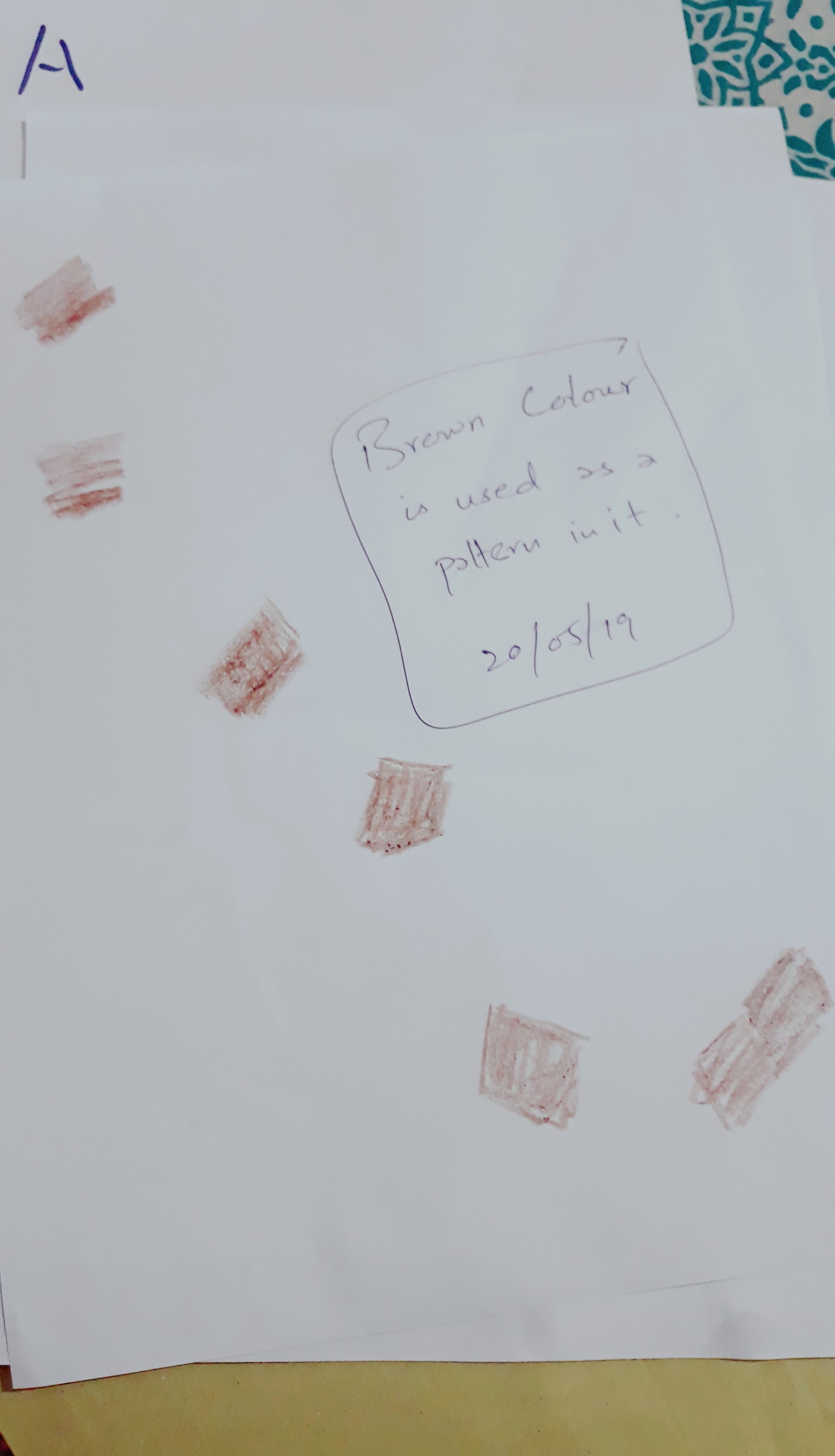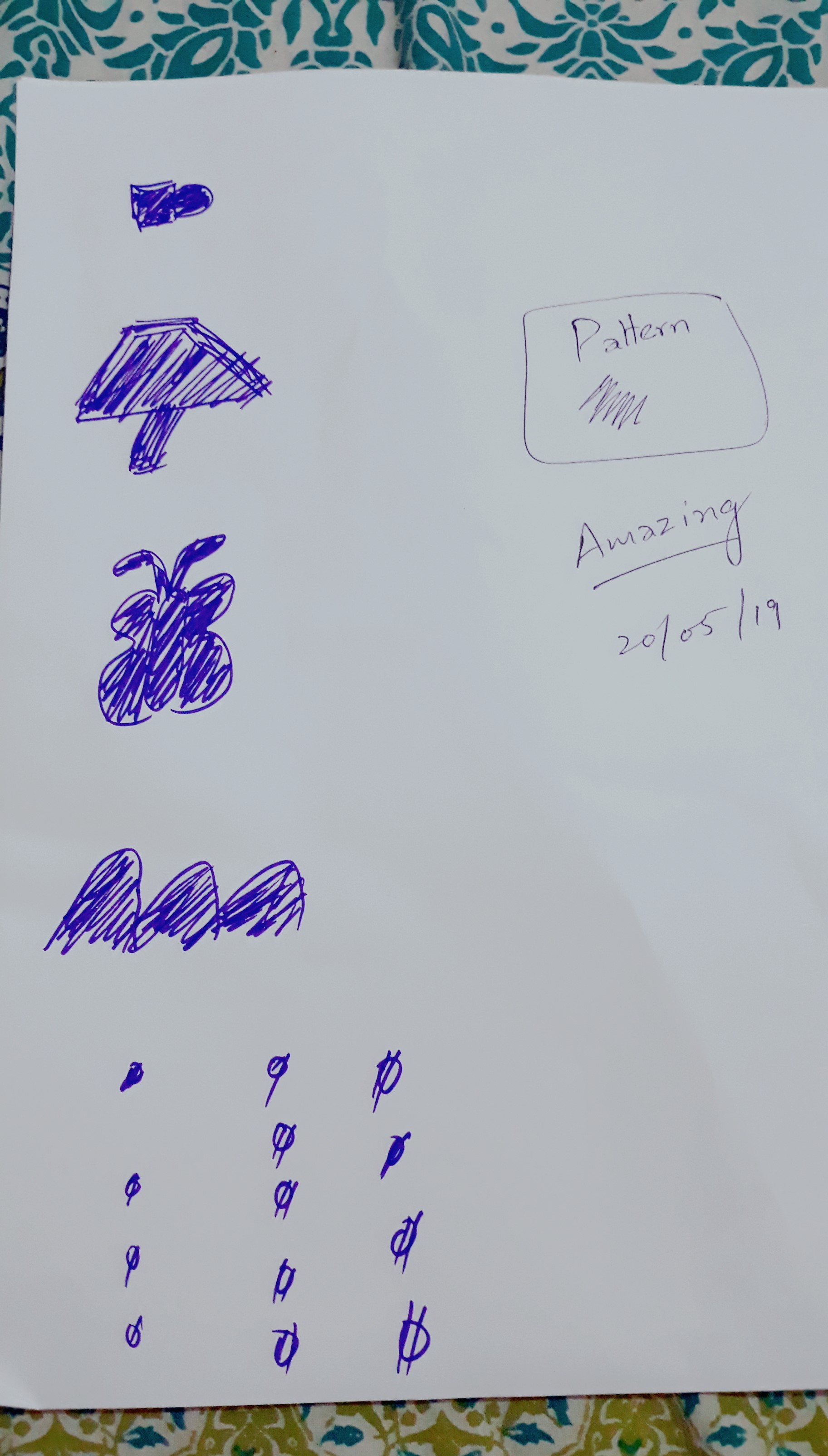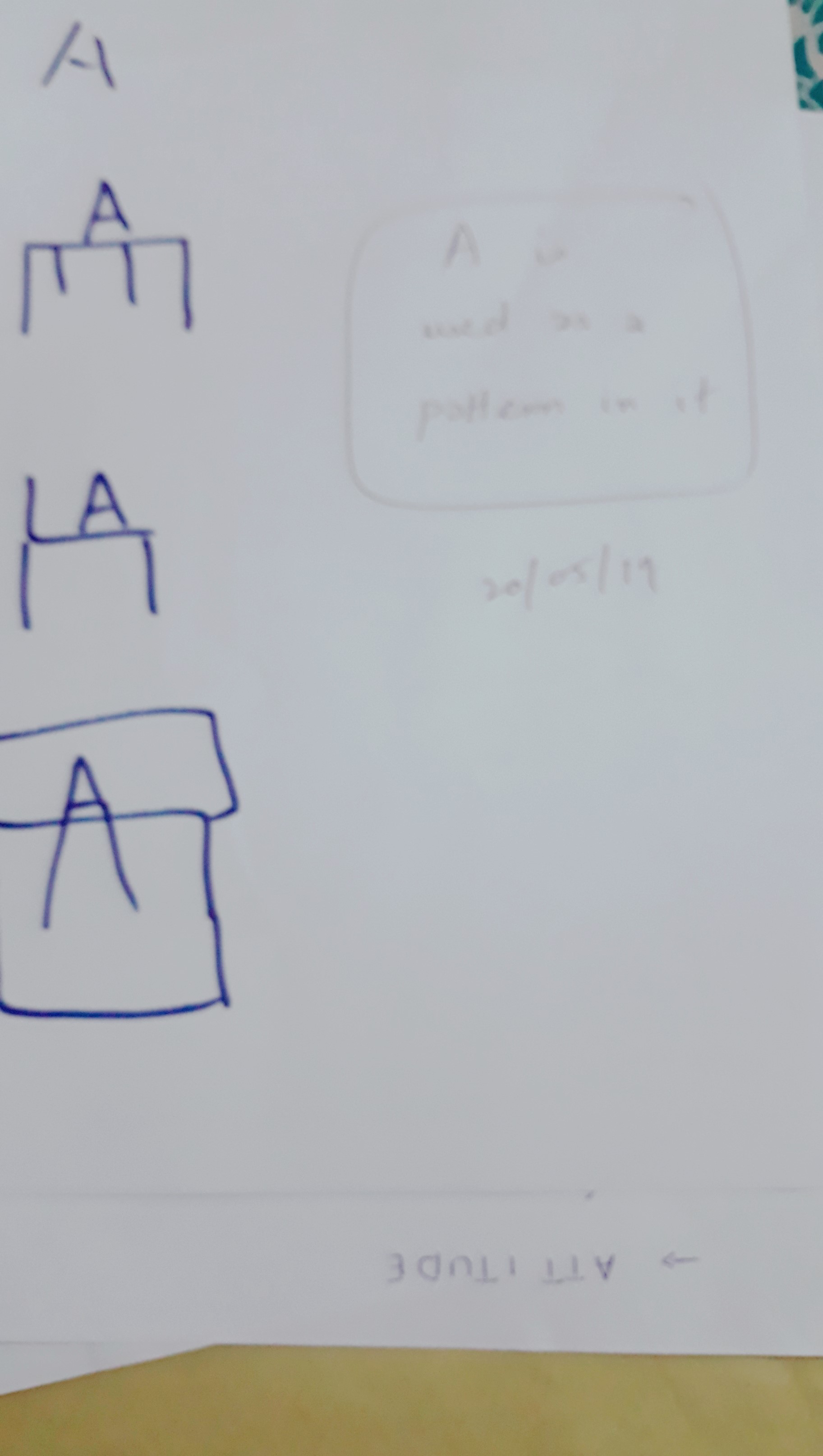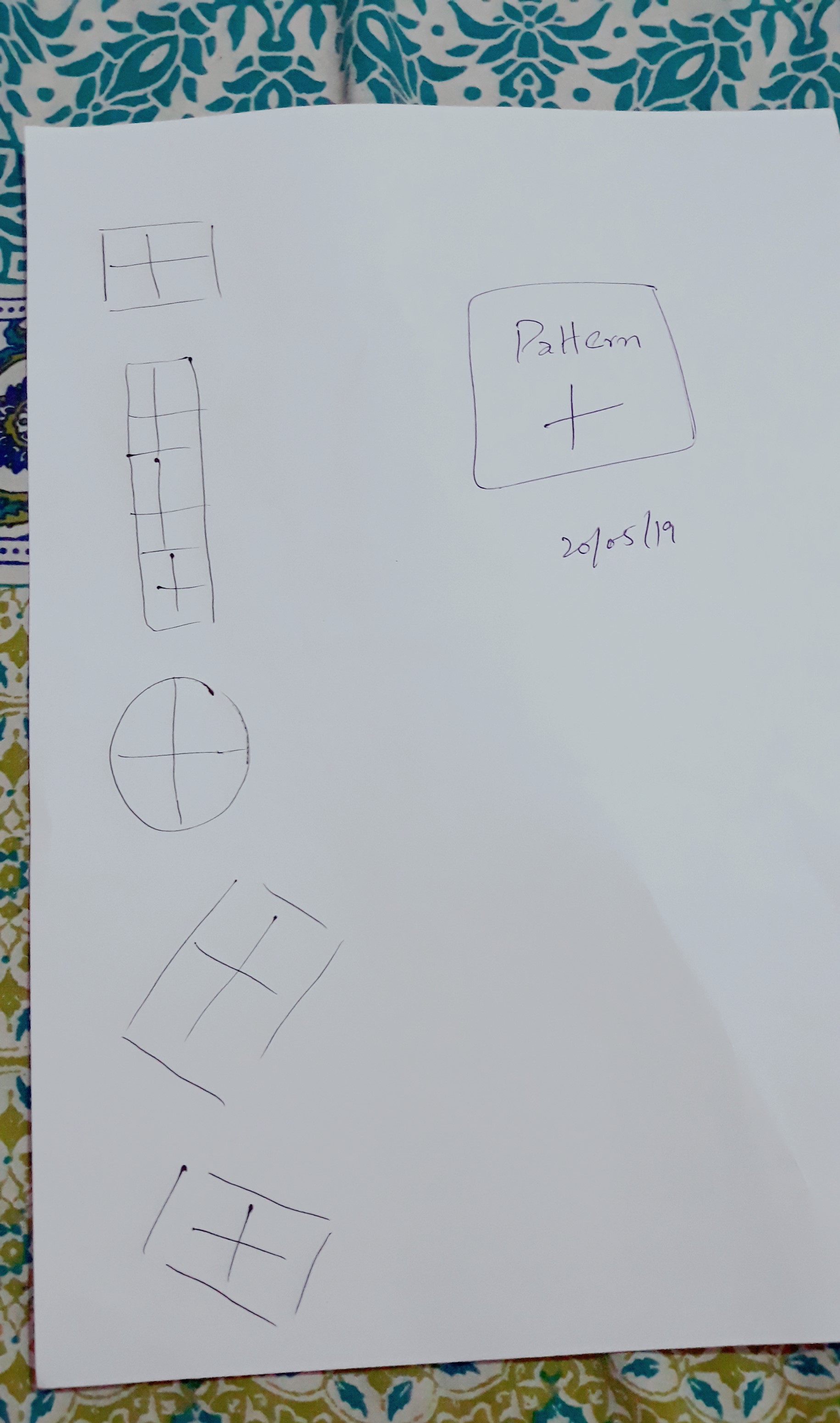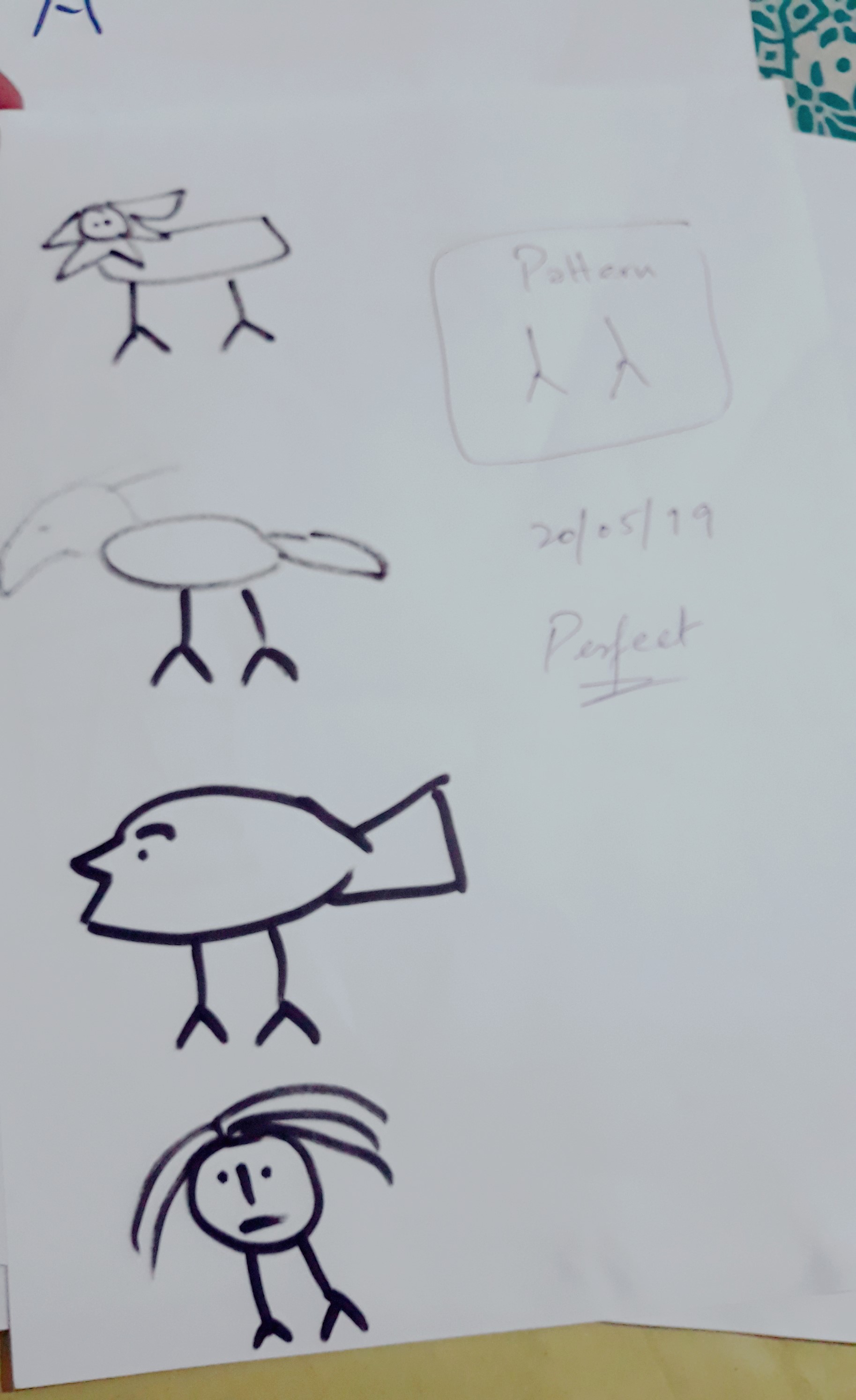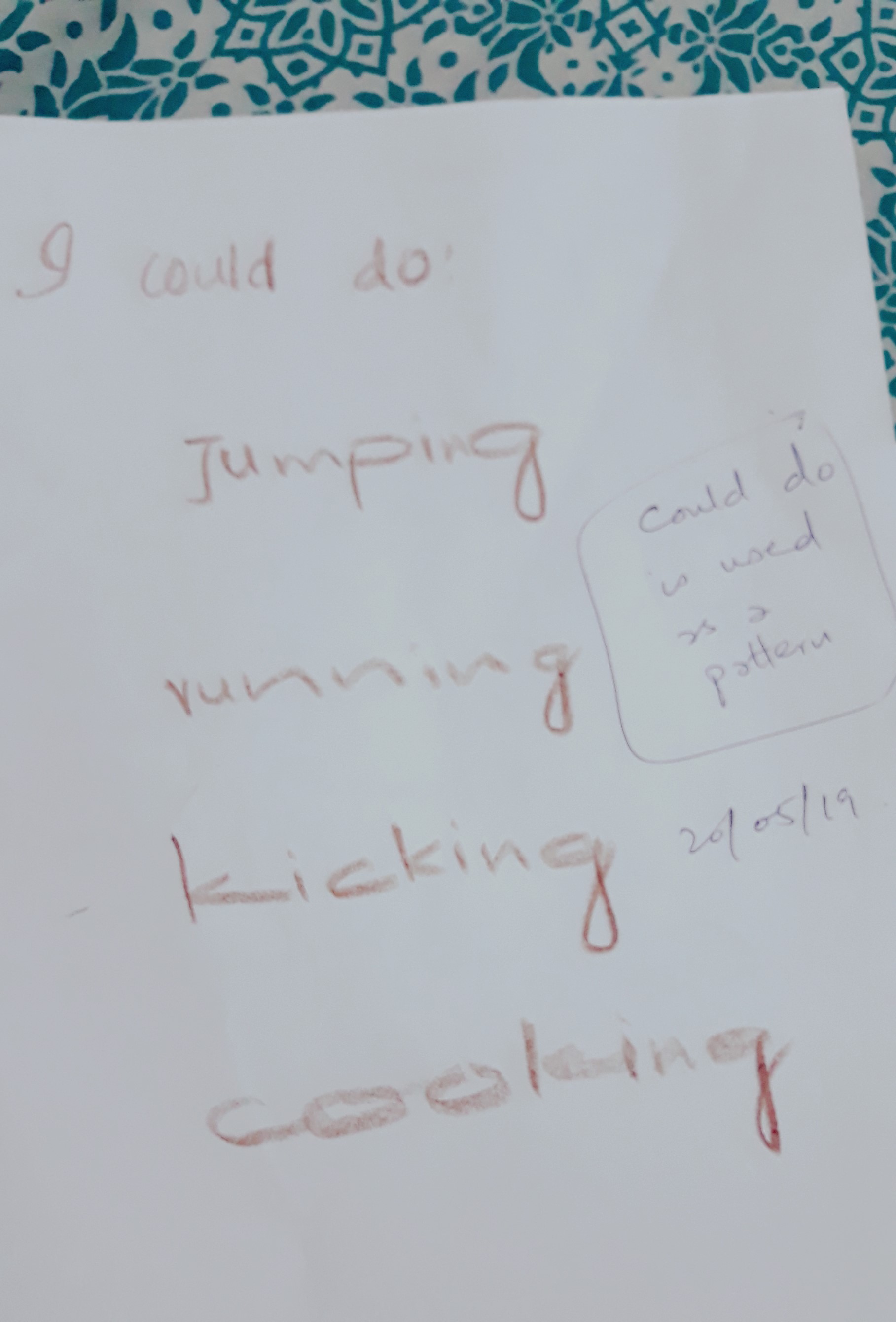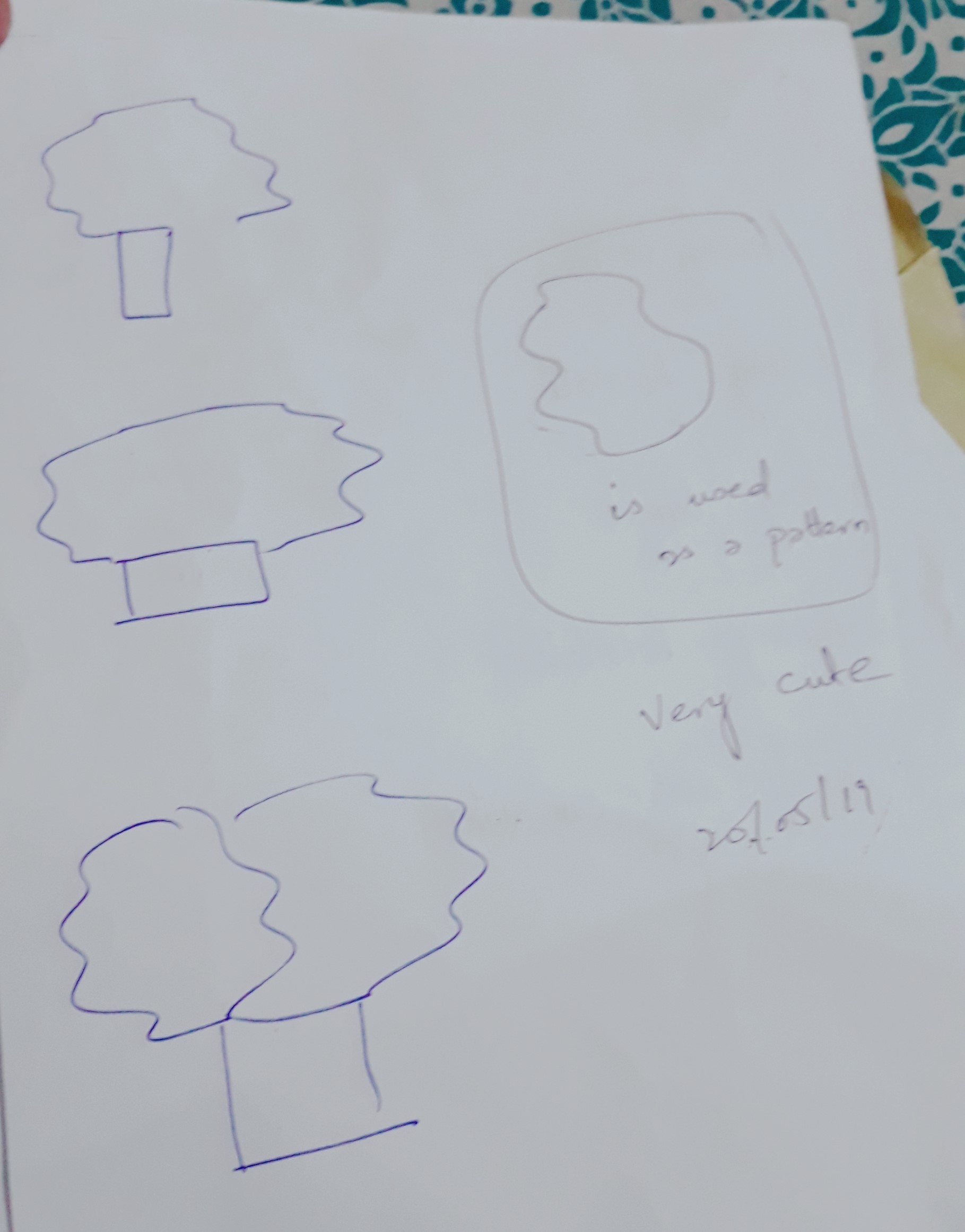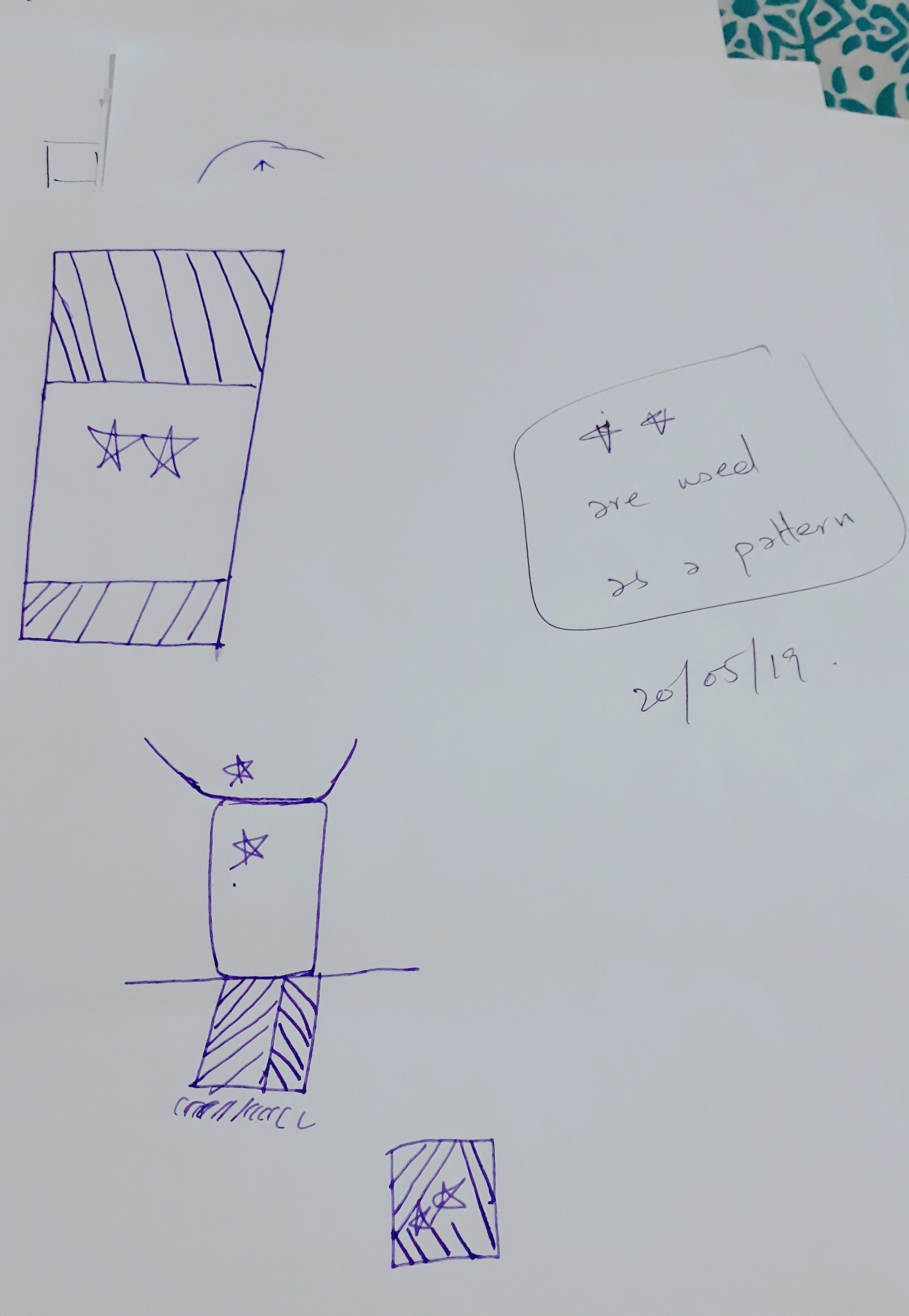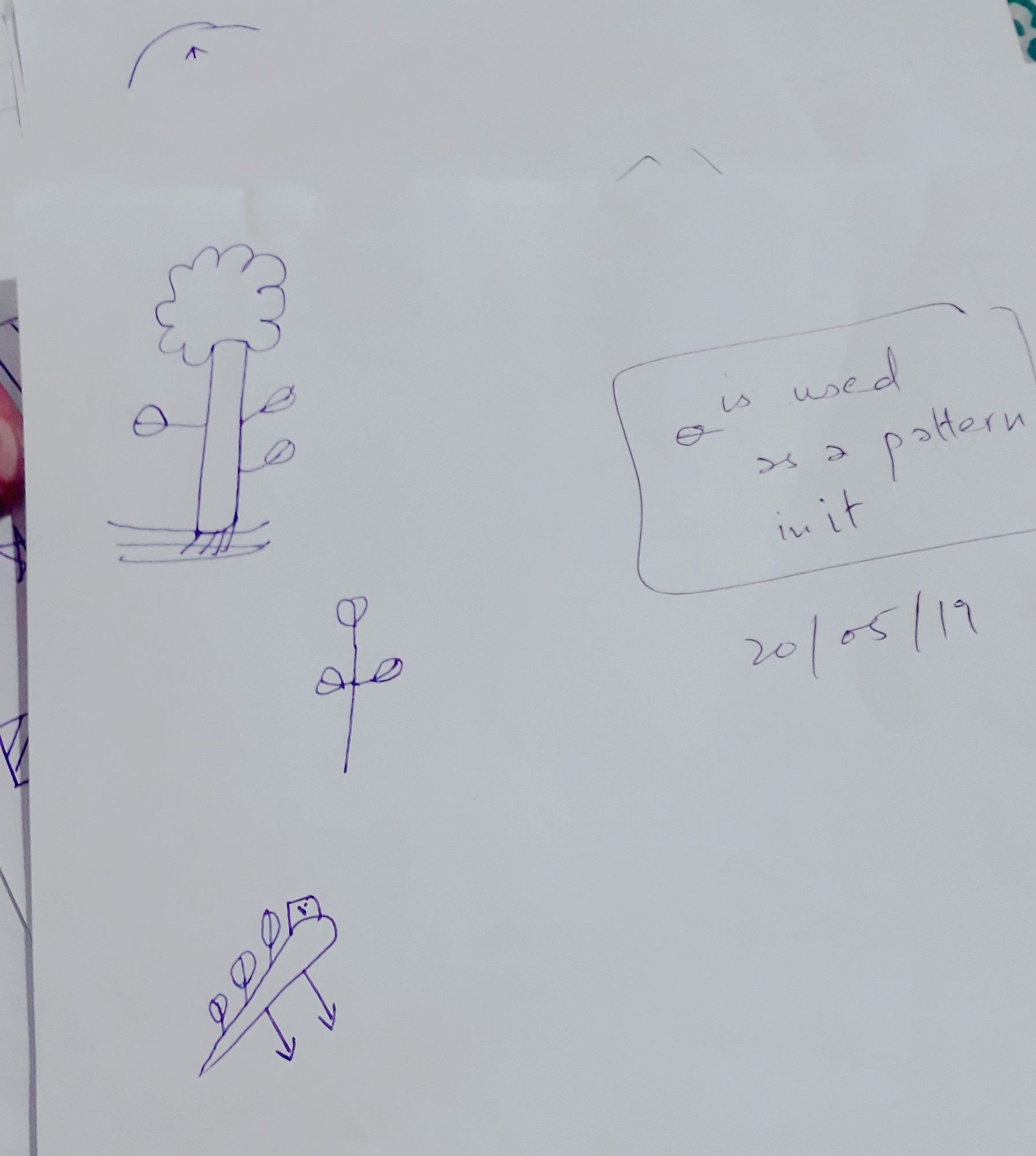Teaching children to use their minds
I want to mention a friend of mine, Professor Shamir from Lahore in Pakistan. He was a member of the Edward de Bono Society as it existed a few years ago. While his background was different from mine, I felt a resonance with his ideas: they seemed fluid and powerful. One of the ideas was a new concept he called “value bubbles”. I liked the idea of "value bubbles" so much I wrote a book about them.

Professor Shamir
A couple of days ago, Professor Shamir sent me the results of some lessons he did with children, teaching them how to think. He said that he told the children:
“What is the one pattern in many objects?”
And then
“Can you create your own objects?”
Whatever his motivations, his approach seems excellent, getting the children to:
- Recognise patterns.
- Re-use patterns.
- Escape patterns.
Here is an example of a student's drawing which highlights the first two points above:
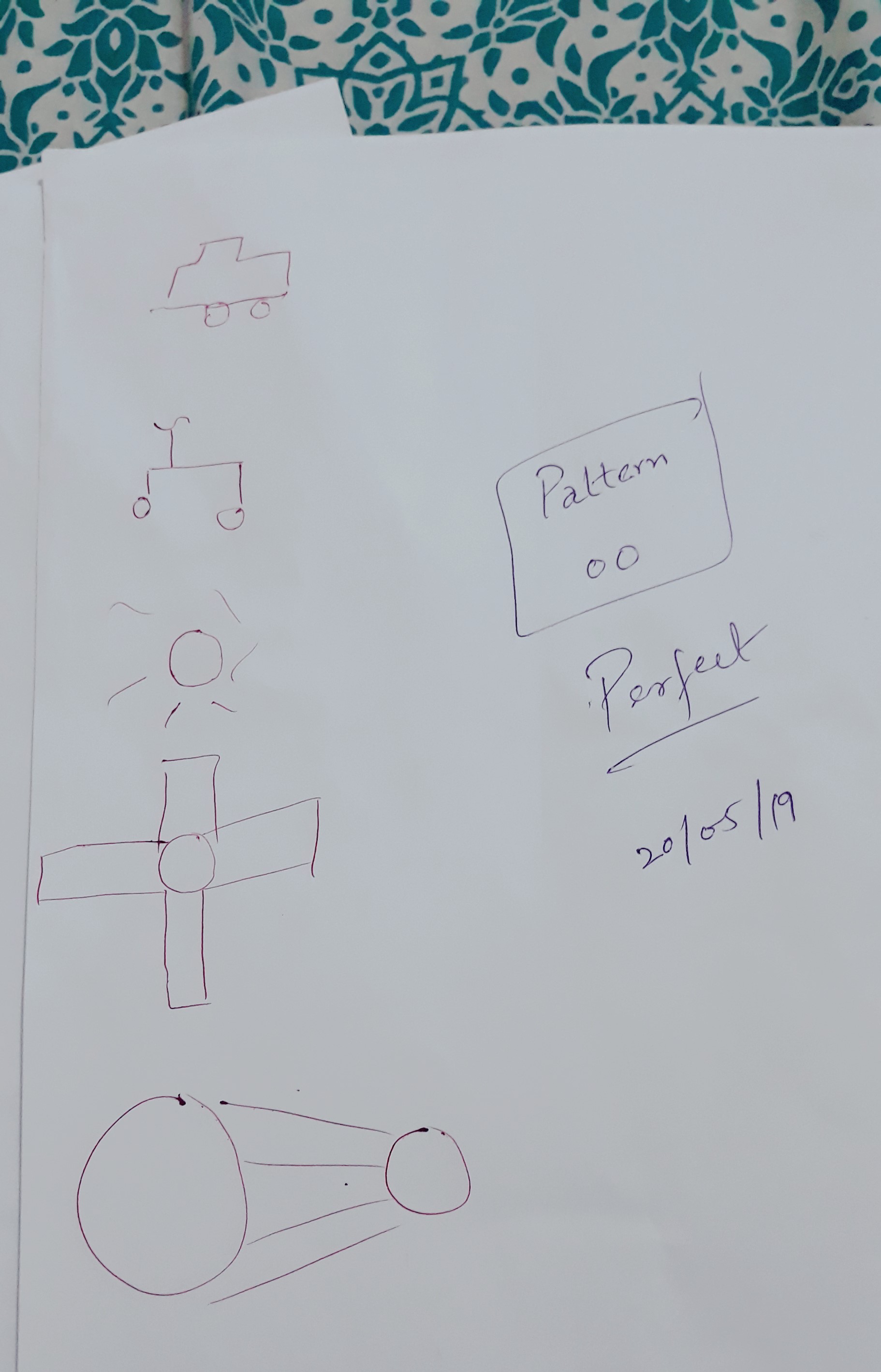
While we can see patterns in drawings, patterns can also be verbalised. In the following example, we see how the student has a negative attitude to noodles. These items have been marked as using the "Black Hat" pattern (see Six Thinking Hats):
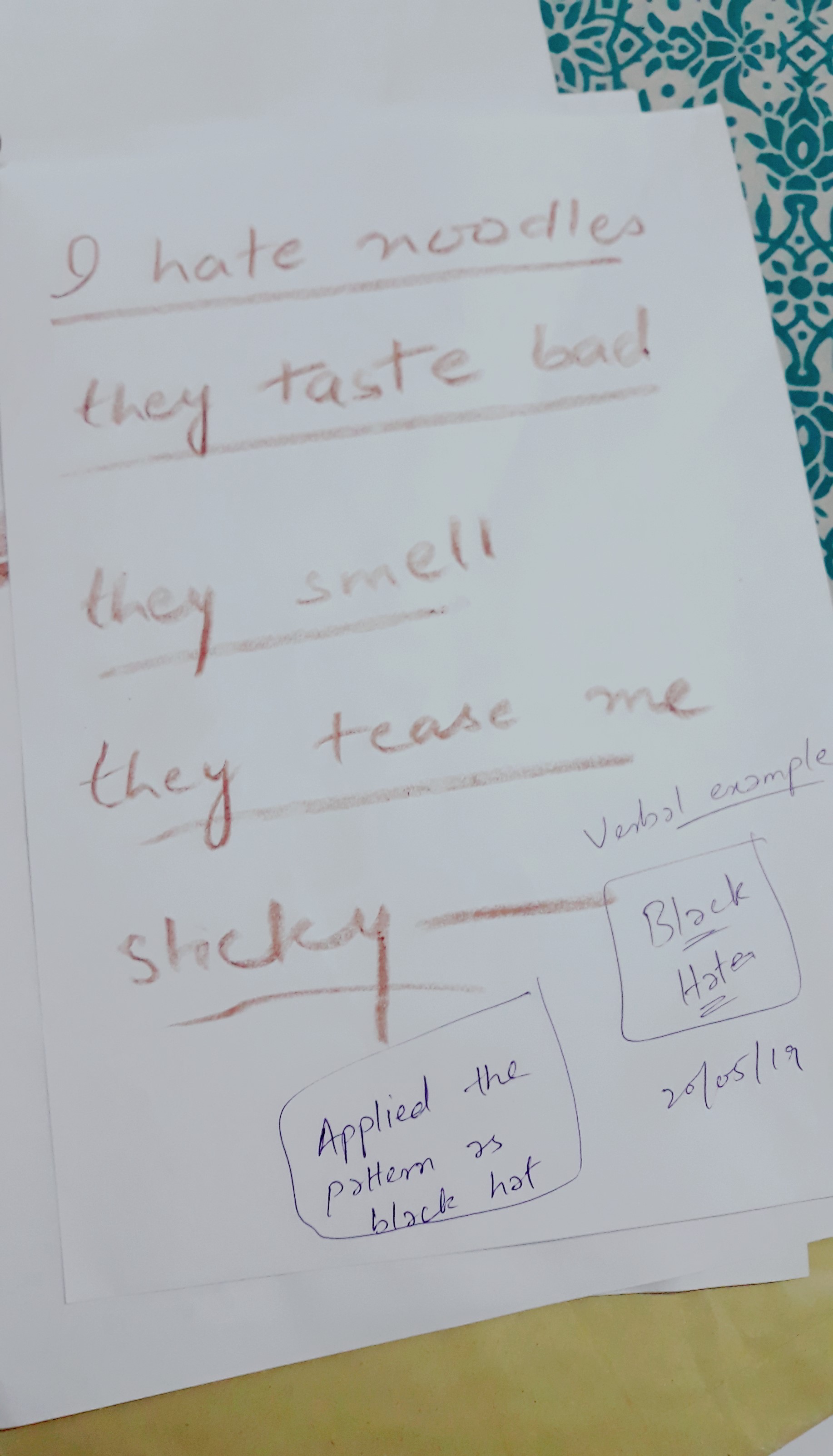
This apparently simple approach is very powerful. If children and adults can identify the patterns which dominate their thinking, they will be better placed to escape from them. How many times have you wished a family member or co-worker could see that they are hurting themselves by being in a rut?
Finally, Professor Shamir provided a summary of "good attitudes" to his students:
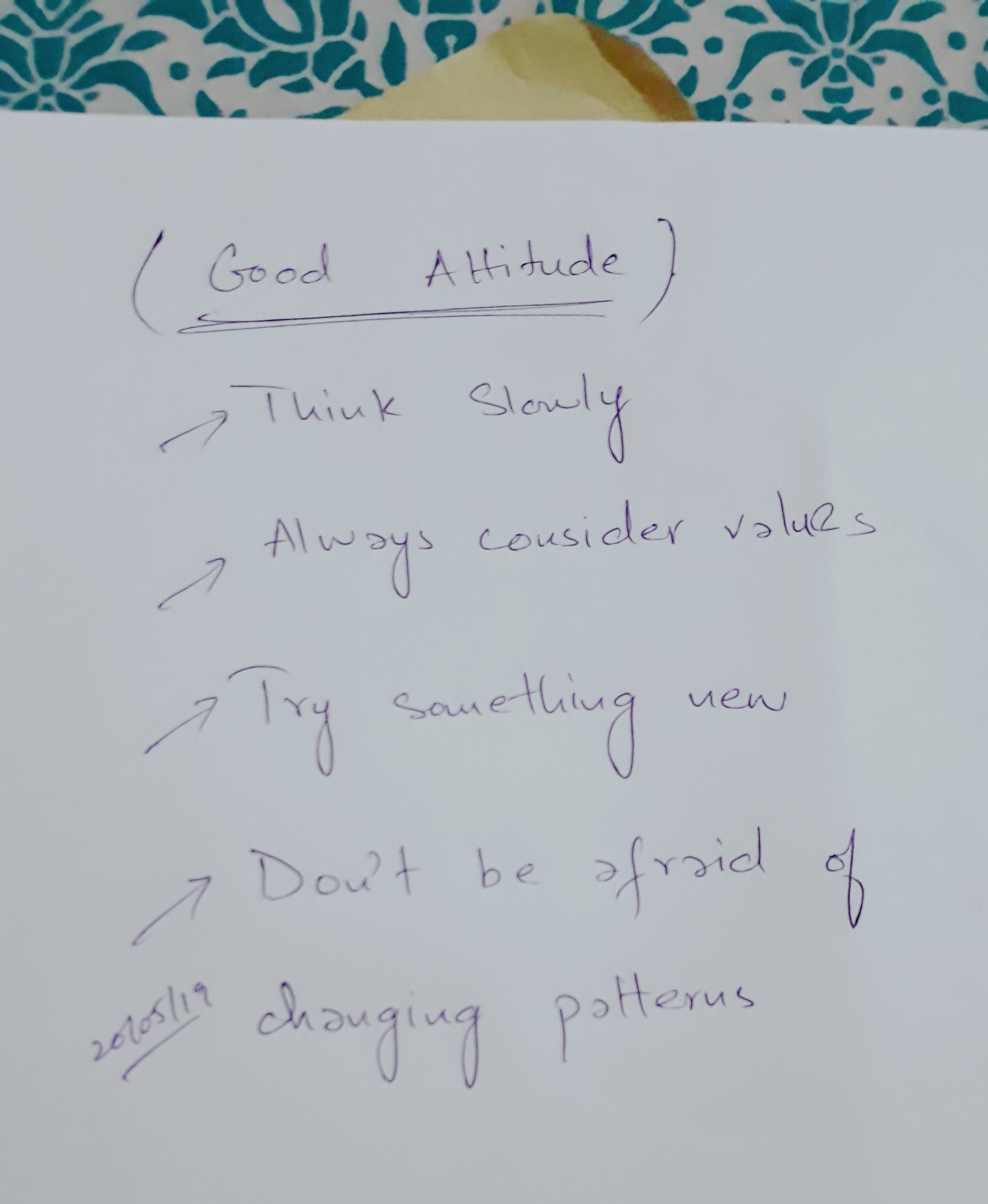
Further examples of children's output appear below.
Phil Bachmann
24 May 2019
